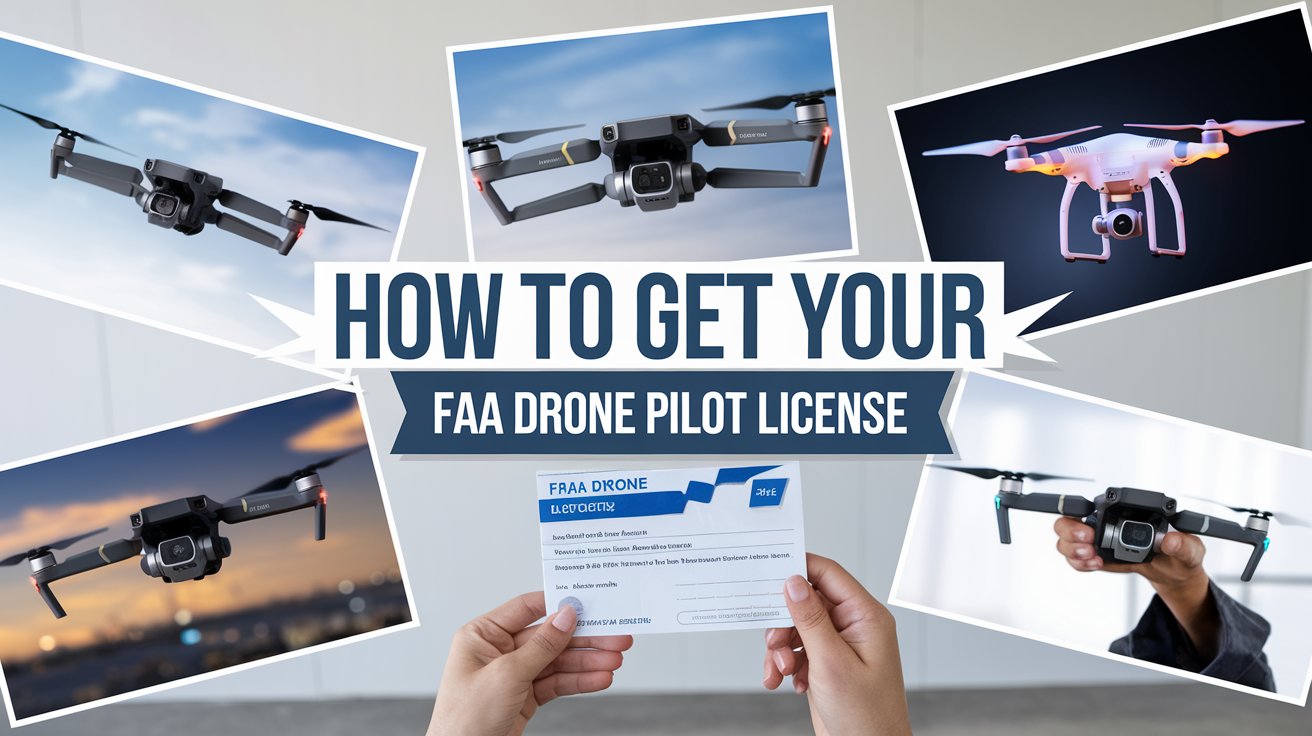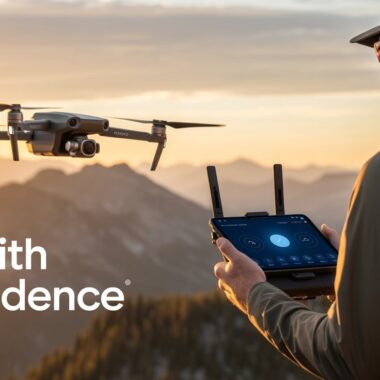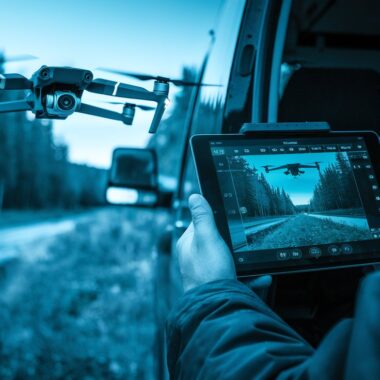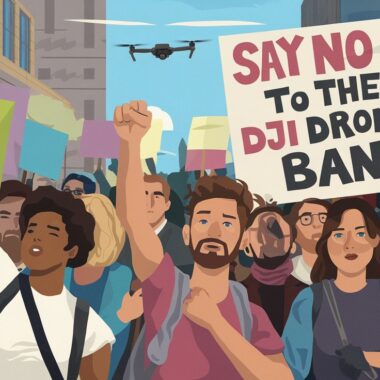Flying drones has become a popular hobby and a lucrative career opportunity. Whether you’re a commercial operator capturing breathtaking aerial views or a recreational flyer eager to explore the skies, understanding how to get your FAA Drone Pilot License is essential. This guide breaks down the process, eligibility requirements, and key steps to help you navigate this important certification.
What is the FAA Drone Pilot License (Part 107)?
The FAA Drone Pilot License, officially called the Remote Pilot Certificate, is issued by the Federal Aviation Administration (FAA) under the Part 107 rule. It allows individuals to operate drones (also known as Unmanned Aircraft Systems or UAS) for commercial purposes.
This license is required if:
- You are flying drones for any purpose other than personal enjoyment (e.g., photography, surveying, inspections, or mapping).
- Your drone weighs between 0.55 lbs (250 grams) and 55 lbs (25 kilograms).
Even if you’re a recreational flyer, it’s a good idea to understand the regulations in case your drone use crosses into commercial territory.
Step 1: Ensure You Meet the Eligibility Criteria
To apply for the FAA Drone Pilot License, you must:
- Be at least 16 years old.
- Be able to read, write, and speak English.
- Be in a physical and mental condition to safely operate a drone.
- Pass an FAA-approved Aeronautical Knowledge Test.
Step 2: Study for the Aeronautical Knowledge Test
The Aeronautical Knowledge Test is a crucial step in earning your FAA Drone Pilot License. It evaluates your understanding of drone regulations, airspace classifications, weather effects, emergency procedures, and more. Here’s how to prepare:
- Study Materials: Use the FAA’s official Remote Pilot Study Guide and consult trusted online resources like YouTube tutorials, FAA Part 107 courses, and drone pilot forums.
- Key Topics to Focus On:
- Airspace classifications and operating requirements
- Weather effects on drones
- FAA regulations for drones (Part 107 rules)
- Airport operations
- Emergency procedures
- Practice Tests: Many websites and apps offer free or paid practice exams that mimic the real test’s format and content.
Step 3: Register and Take the Knowledge Test
Once you feel confident in your knowledge, it’s time to register for the Aeronautical Knowledge Test.
- Find a Test Center: The FAA collaborates with PSI Test Centers to conduct the test. Use the FAA website to locate the nearest test center.
- Register for the Test: Schedule your exam online through PSI. The test fee is typically $175.
- Take the Test: The test consists of 60 multiple-choice questions, and you’ll have two hours to complete it. A passing score is 70% or higher.
Step 4: Apply for Your Remote Pilot Certificate
After passing the test, follow these steps to officially obtain your license:
- Create an IACRA Account:
- Go to the FAA’s IACRA website.
- Create an account or log in if you already have one.
- Submit Your Application:
- Complete Form 8710-13 to apply for your Remote Pilot Certificate.
- Use your test results to verify your application.
- Wait for FAA Approval:
- The FAA will review your application, which can take a few weeks. You’ll receive a temporary certificate while your permanent one is processed.
- Receive Your Certificate:
- Once approved, your official Remote Pilot Certificate will be mailed to you.
Step 5: Maintain Your Certification
The FAA requires drone pilots to stay updated with regulations and renew their certification periodically. Here’s what you need to know:
- Recurrent Training: Every 24 months, you must complete a free online recurrent training course through the FAA. This ensures you’re familiar with the latest drone regulations and best practices.
- Stay Compliant: Always follow FAA rules, including registering your drone, respecting airspace restrictions, and maintaining safety during flights.
Additional Tips for FAA Drone License Applicants
- Recreational Flyers: If you’re flying for fun, you don’t need a Part 107 license but must pass the FAA’s TRUST test (The Recreational UAS Safety Test).
- Drone Registration: Any drone weighing over 0.55 lbs must be registered with the FAA, even for recreational use.
- Insurance: Consider getting liability insurance for your drone operations, especially if flying commercially.
- Flight Planning Tools: Use apps like B4UFLY to check airspace restrictions and ensure compliance with FAA regulations.
Conclusion
Obtaining your FAA Drone Pilot License is a critical step in becoming a certified drone operator. Whether you’re pursuing drone photography, surveying, or any other commercial application, following these steps ensures compliance with federal regulations and promotes safe, responsible flying. With your Remote Pilot Certificate in hand, the sky isn’t just the limit—it’s your playground.
Start your journey today and take to the skies with confidence!




